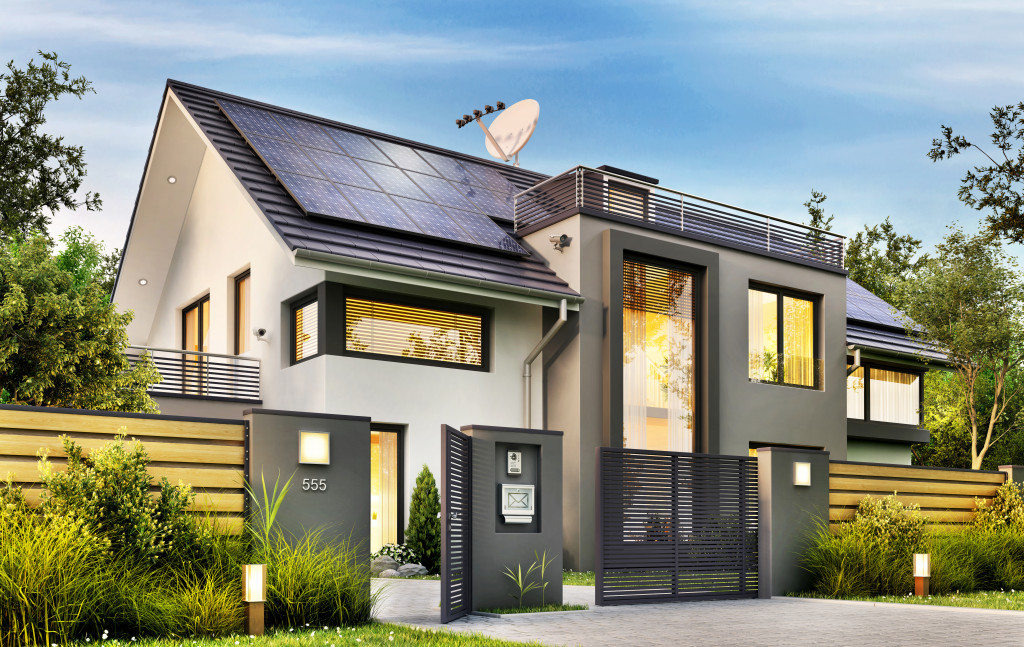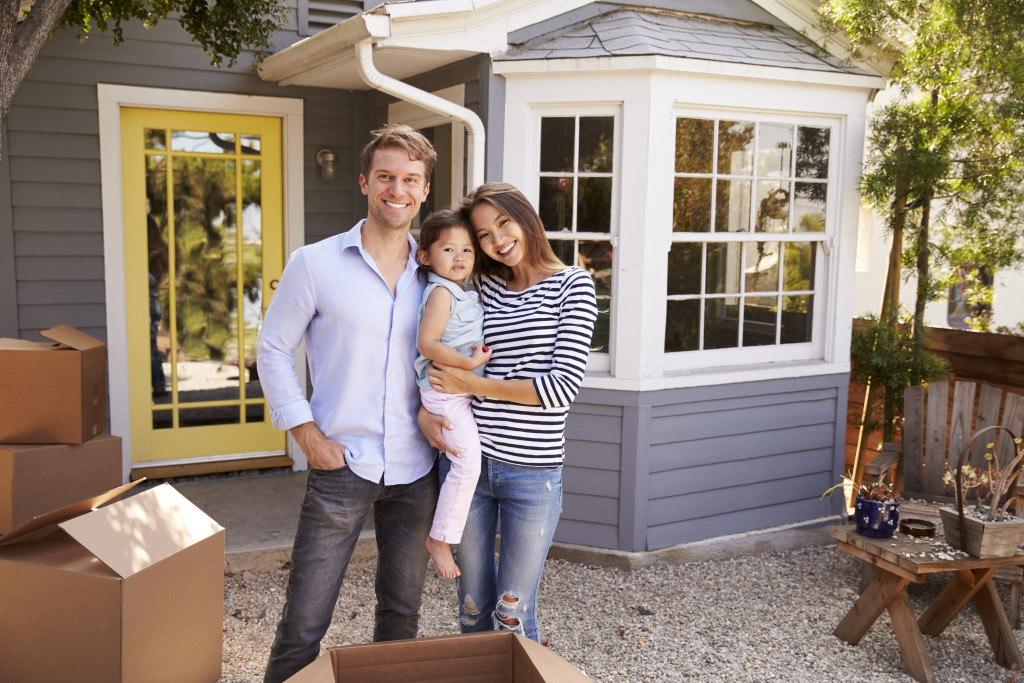Whether you’re single, dating, a newlywed, or married with children, there’s a big chance you were majorly affected by the COVID-19 pandemic. Whatever plans you may have had probably needed to be scrapped or adjusted in small and big ways. Choosing a new home is hard enough as it is, but when you factor in a pandemic and a recession, it becomes an even bigger challenge.
But regardless of the situation, home is where the heart is, perhaps now more than ever. We can never be flippant or haphazard about a decision as big as this as we will spend more time at home than ever before. Here is a step-by-step guide to choosing the best place for you and your family to live in the time of corona.
Examine your finances.
“How much can you afford right now?” is not the most exciting place to start, but it’s the first question that makes sense. No matter your salary, living within and even below your means is always prudent, especially in a recession. Being realistic about your budget will help you narrow down your choices and be smart about your money.
Here are the questions to ask when considering a home:
- How much have you saved up for a house and land?
- How much can you allot every month for a mortgage?
- What is the cost of living in the area (utility services, taxes, consumable goods, gasoline, etc.)?
- Are you financially prepared in case the recession takes a turn for the worse instead of better?
Suburb or city?
Even before the pandemic, both have had their pros and cons. But COVID-19 brought on new factors to consider when choosing between living in the city versus living in the suburbs.
Some pros of living in the heart of the city include giving you access to more job opportunities, better transportation systems, and space to enlarge your cultural horizons. Some cons, on the other hand, include density and proximity to people. It varies from city to city, but being in a more populous neighborhood generally leaves little room for social distancing.
Living in a suburb also has its advantages and disadvantages. Some benefits include more opportunities for social distancing, better school systems, relatively cheaper cost of living, and a quieter and more peaceful existence. Some disadvantages include fewer job opportunities and more expenses allotted to home maintenance.
Consider how big your family is.
One of the most significant factors to consider is how big your family is. How many kids do you have, and will you have more in the future? How many rooms will you need? Choosing a home requires long-term thinking, as you might be staying in that place for a long time.
Factor in your work setup and kids’ schooling.
How long is the drive from your potential home to the office? If you’re working from home, is there an ideal place for an efficient home office? Remember that we live in a time of intermittent lockdowns. Will your kids have enough space for online classes if the government declares another quarantine? Consider the times, and don’t forget to think of all possible scenarios when choosing a place to live.
Inspect the location’s crime rate and public health and safety protocols.
Some questions to consider concerning safety and public health:
- Is there room for social distancing?
- Do the residents adhere to minimal public health standards?
- Is the local government proactive about reminding people that there’s an ongoing pandemic?
- What is the area’s crime rate?
- Are the local police known for making the area a safe place for people to live?
Double-check if the location is a place where you and your family can feel safe.
Check the area’s self-sufficiency.

The pandemic has brought on a slew of home trends, one of them being self-sufficiency. Consider living in an area with a garden that can be used for growing food, which can lead to living a more sustainable and renewable lifestyle by producing your own energy at home.
The challenges of the pandemic resulted in a revived interest in a more self-sufficient lifestyle, and it couldn’t hurt to look into how you can respond to these challenges with modern solutions.
Up to You
Choosing the best place to live comes down to your priorities and aspirations. Now is the time to carefully think about the kind of home you want you and your family to live in and how it can shield you from the physical and financial threats of a post-pandemic world.
